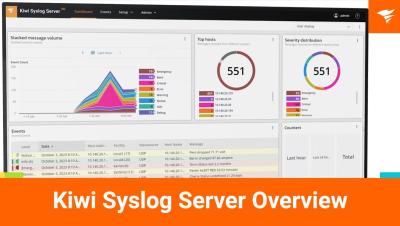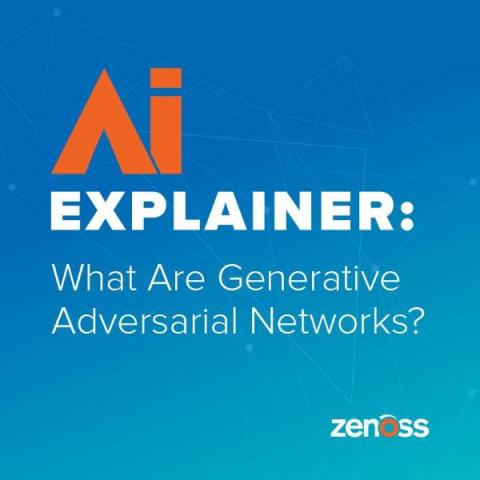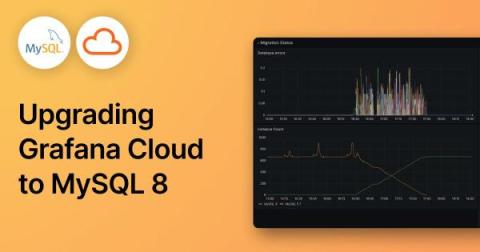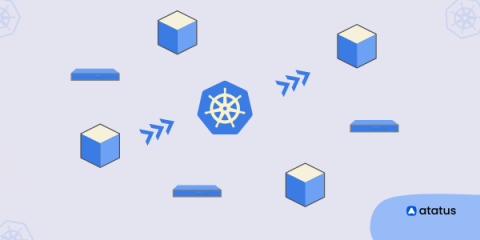Operations | Monitoring | ITSM | DevOps | Cloud
Monitoring
The latest News and Information on Monitoring for Websites, Applications, APIs, Infrastructure, and other technologies.
Mastering Prometheus Relabeling: A Comprehensive Guide
AI Explainer: What Are Generative Adversarial Networks?
How we upgraded to MySQL 8 in Grafana Cloud
Starting around June this year, we upgraded our Grafana databases in Grafana Cloud from MySQL 5.7 to MySQL 8, due to MySQL 5.7 reaching end-of-life in October. This project involved tens of thousands of customer databases across dozens of MySQL database servers, multiple cloud providers, and many Kubernetes clusters.
How we manage incidents at Datadog
Incidents put systems and organizations to the test. They pose particular challenges at scale: in complex distributed environments overseen by many different teams, managing incidents requires extensive structure and planning. But incidents, by definition, break structures and foil plans. As a result, they demand carefully orchestrated yet highly flexible forms of response. This post will provide a look into how we manage incidents at Datadog. We’ll cover our entire process.
Kubernetes Clusters: Everything You Need To Know
Kubernetes is an open-source container orchestration platform that automates the deployment, scaling, and management of containerized applications. It allows you to create and manage clusters of machines, called Kubernetes clusters, to run your applications in a scalable and highly available manner. Kubernetes clusters provide a distributed and scalable platform for running containerized workloads.
What's the difference between API Latency and API Response Time?
Your app’s networking directly affects the user experience of your app. Imagine having to wait a few seconds for the page to load. Or even worse, imagine waiting for a few seconds every time you perform an action. It would be infuriating! Before you go on a fixing adventure, it’s a good idea to understand what causes that waiting time. So let’s do that!
AIOps in DevOps: Advantages, Obstacles, and Best Strategies
AIOps for DevOps. This is a phrase that you’ll hear a lot often in the coming years. Leveraging AIOps is becoming an emerging practice for DevOps. And why not? After all, AIOps offers so many benefits for DevOps, making it a must have for every business. But what exactly are these benefits? To know more, keep reading this blog where we will discuss everything about AIOps for DevOps including its.
Using Cribl Edge to Collect Metrics from Prometheus Targets in Kubernetes
We continue our exploration of the fascinating world of Kubernetes, logs, and metrics. In our previous installment, we delved into the intricate tale of Cribl Edge and its role in unraveling the mysteries of logging and metrics in Kubernetes environments with the Cribl Edge native sources for Kubernetes Metrics and Logs. Today, we’re picking up where we left off, shining a spotlight on a new and powerful tool that has the potential to demystify this complex ecosystem further.











